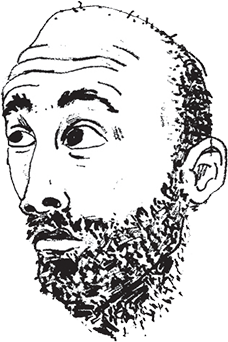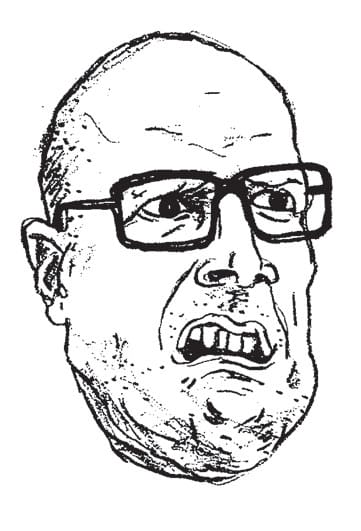How did the idea for the series come about, and how did you approach it?
I’m originally from Aruba, and every time I visit my family, it feels like coming home as the same boy who used to play football, barefoot in the streets. The culture I grew up in may not be perfect, but it has shaped me and taught me my values. This tangible culture is often overlooked due to the growth of the tourism industry. Our own culture is being pushed to the background while the environment is increasingly adapted to the tourist and their interests. That’s why I created this series, as a reflection on reality and an interpretation of the emotions, people, and nature that try to maintain their place amidst all this development.
Why do you think it’s important to bring these narratives to light?
I want to shine a light on what often remains invisible: the quiet moments in nature, the emotions of the people, and their hopes and dreams for a better future. The culture and symbolism of Aruba are essential to the island’s identity, and it’s important that we recognise and appreciate them.
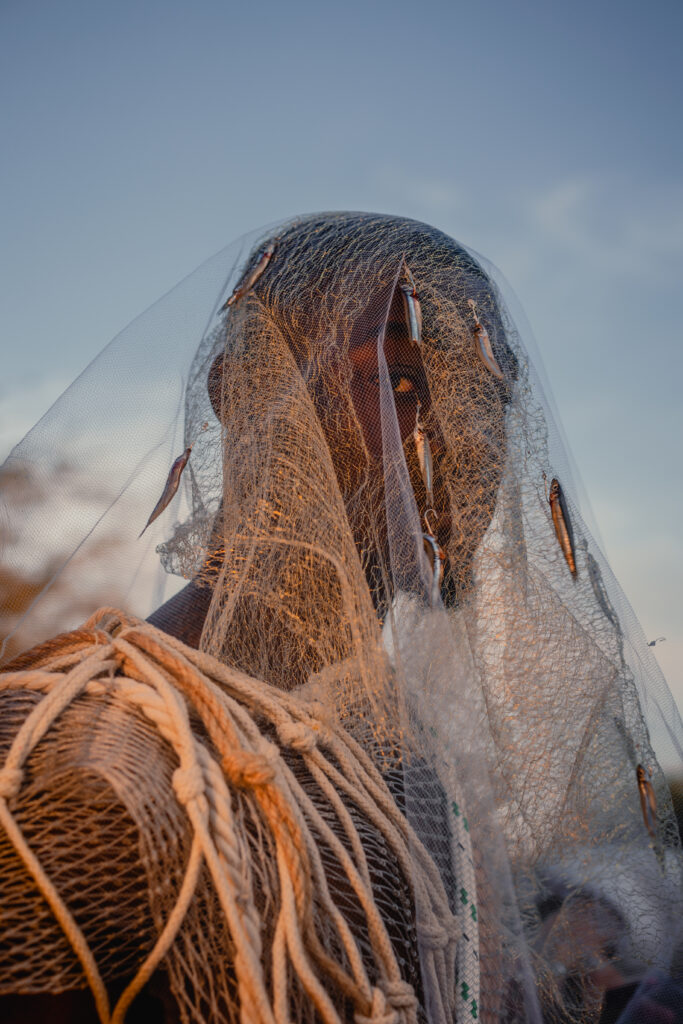
What do you hope people take away after seeing your photos?
I hope people gain a better understanding of the context and the reality of Aruba. During Dutch Design Week in 2023, I presented a concept based on four pillars: functionality, sustainability, innovation, and empathy (people and culture). These pillars can support balanced growth on the islands. I know from personal experience how difficult it was to break through as a designer from the islands. There are so many people with passion and dreams, but few paths to follow. Our society needs to develop based on principles that make this possible so that the engineers of tomorrow can innovate while respecting their own culture.
What are other themes or issues you focus on in your work?
I try to think within a balanced framework as much as possible, no matter how challenging it is. I often work at the intersection of structure and creativity, much like how an architect works with an engineer: one dreams, the other makes it happen. I like to focus on themes that can make the world a better place, and I aim to give a voice to subjects that are often overlooked, particularly those that relate to the islands. These roots are close to my heart. Even though my influence through design may be limited, I believe that even a small contribution to the whole can have an impact.
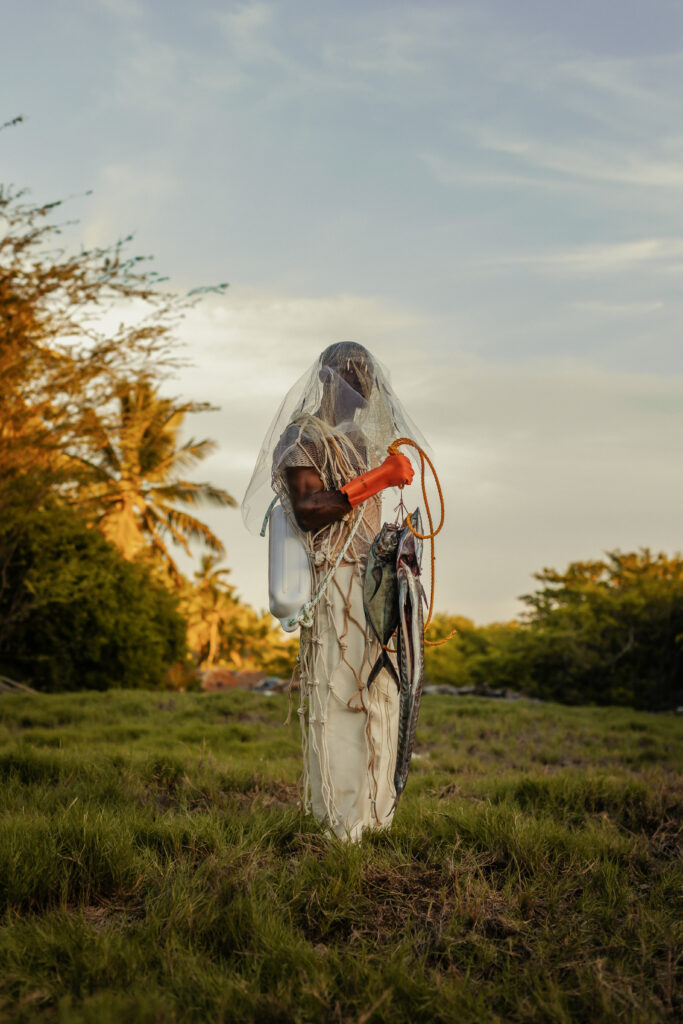
In addition to photography, you also work with film. What draws you to these art forms?
We live in a world where you can think multidimensionally. I don’t necessarily see myself as a photographer or director, but more as a designer who chooses the right medium to tell the story I want to share. I work with various forms of media, from spatial design and films to photography, digital design, music, and many others. I try never to think in terms of limitations but always in possibilities.
If anything were possible, what story would you most want to tell or capture?
If anything were possible, I’m not sure if the world would still be interesting. I find the challenge of solving problems particularly fascinating. The themes I work with, I want to explore as diversely as possible. I want to dive deeper into new technologies, like digital installations or mixed reality, and explore how they could play a role in expanding multi-sensory experiences in my work.
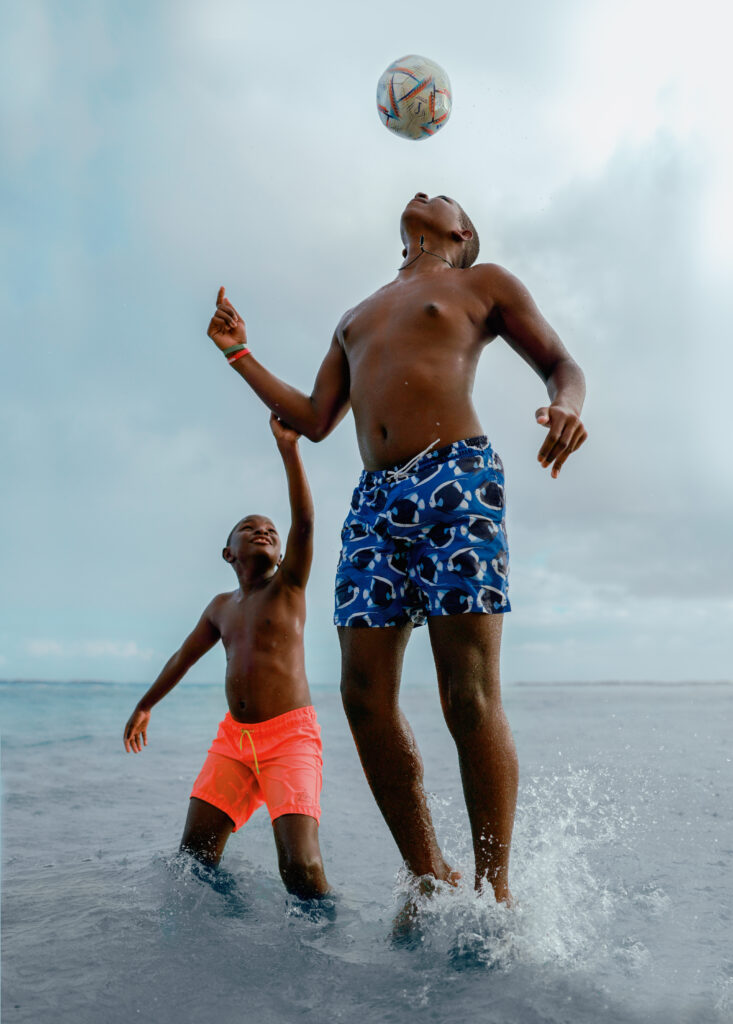
You can visit the expo in Werkplaats seven days a week for free. Come join us for the official opening on Friday, September 20.
www.instagram.com/gonsalvesmario

